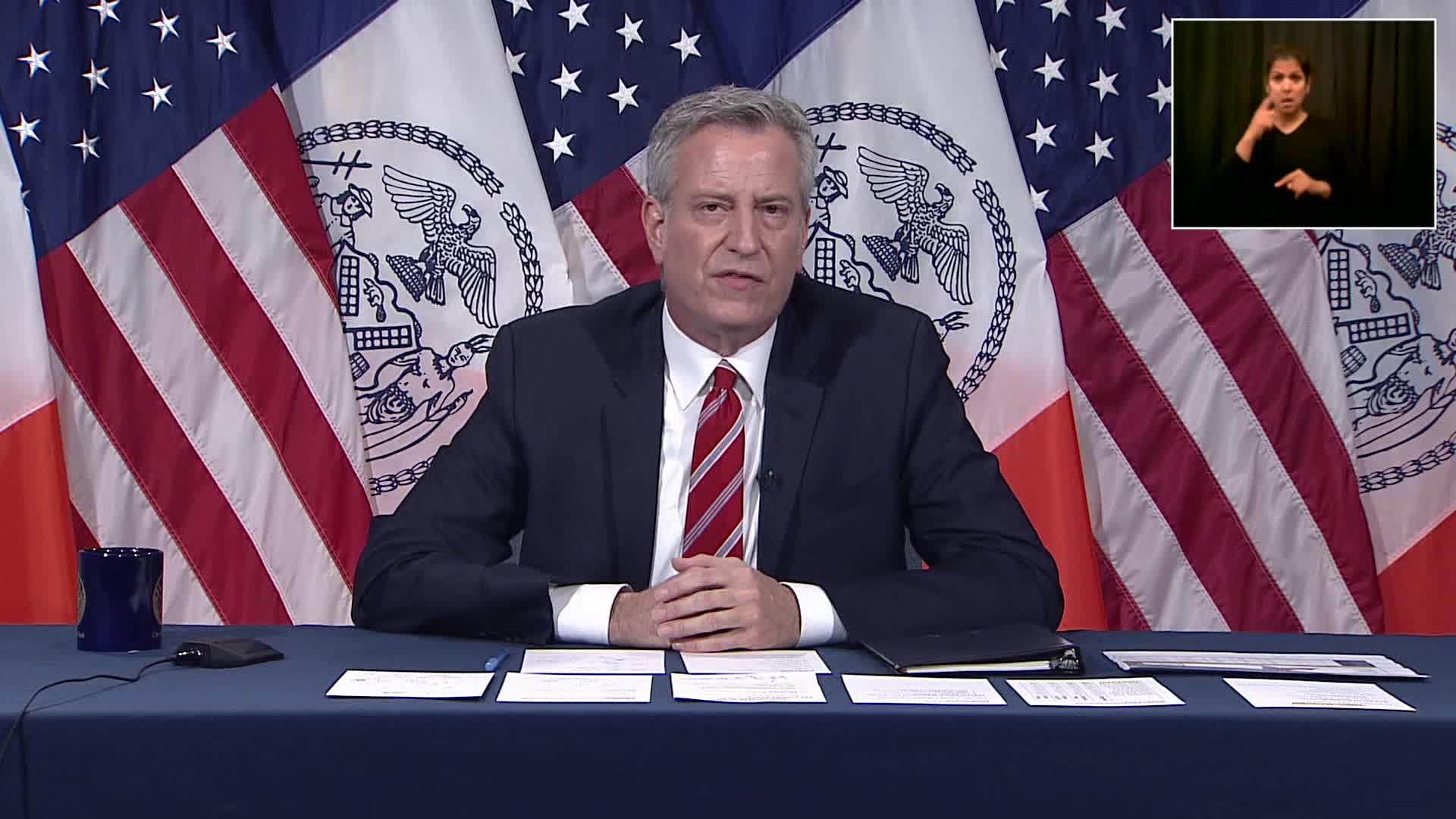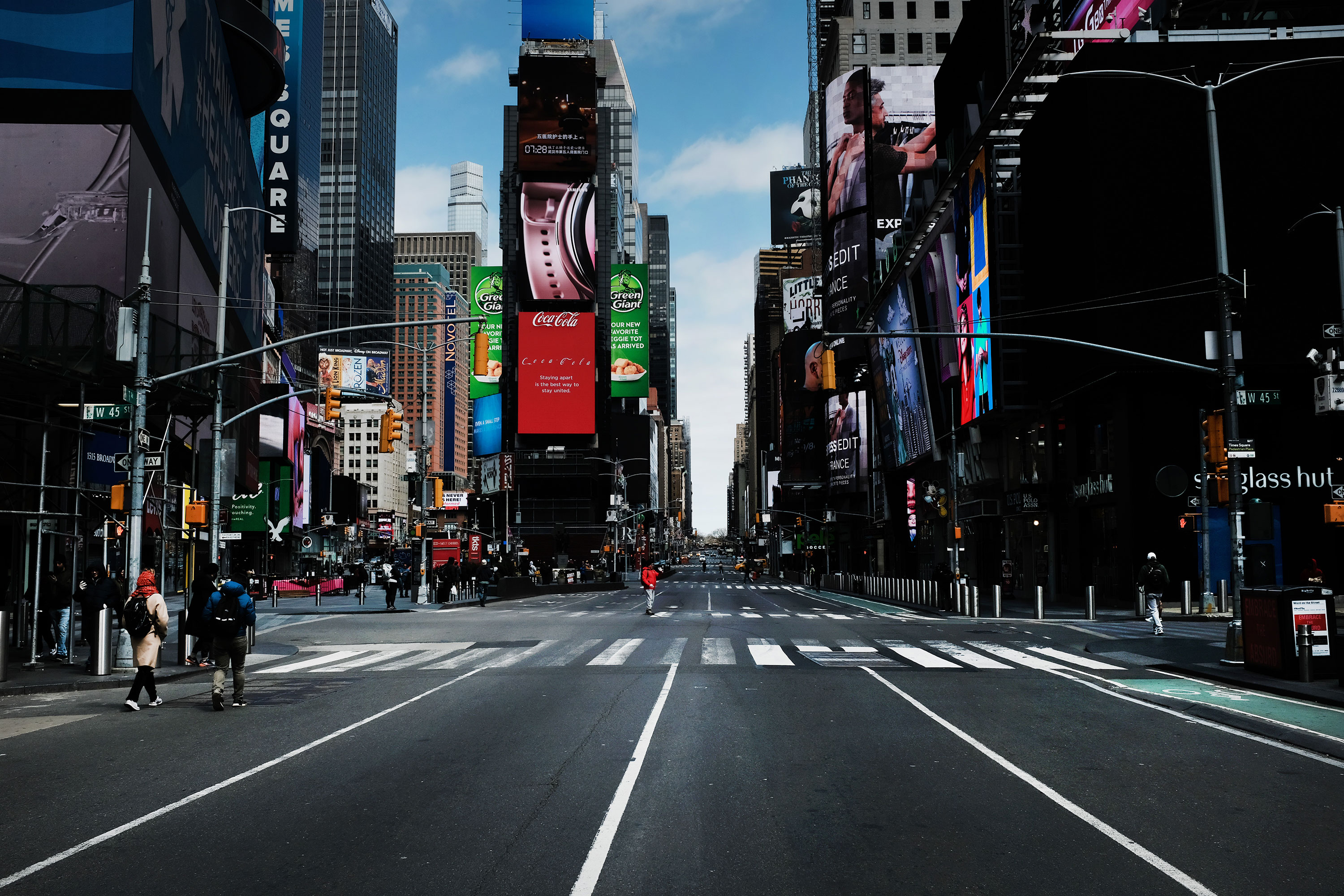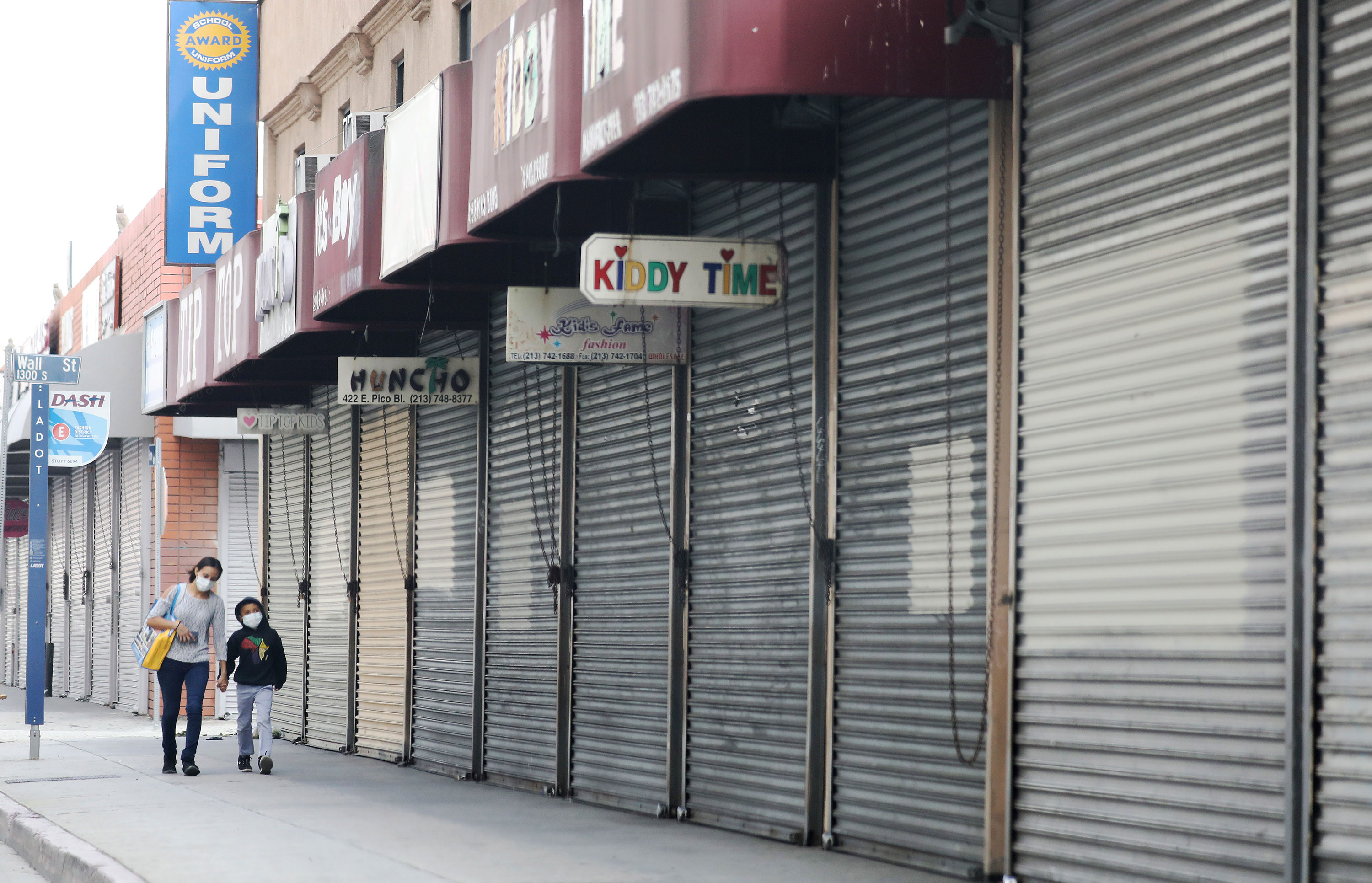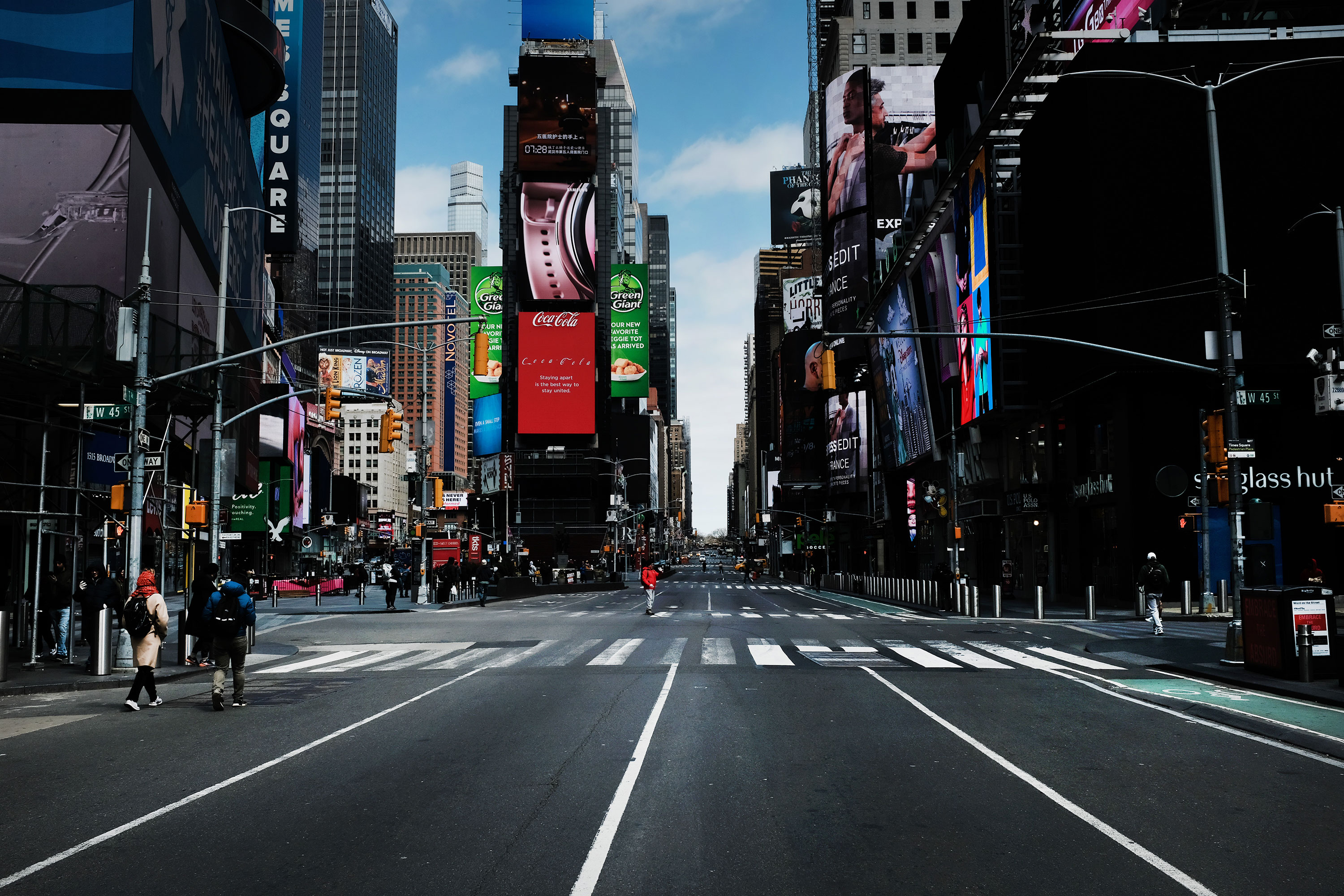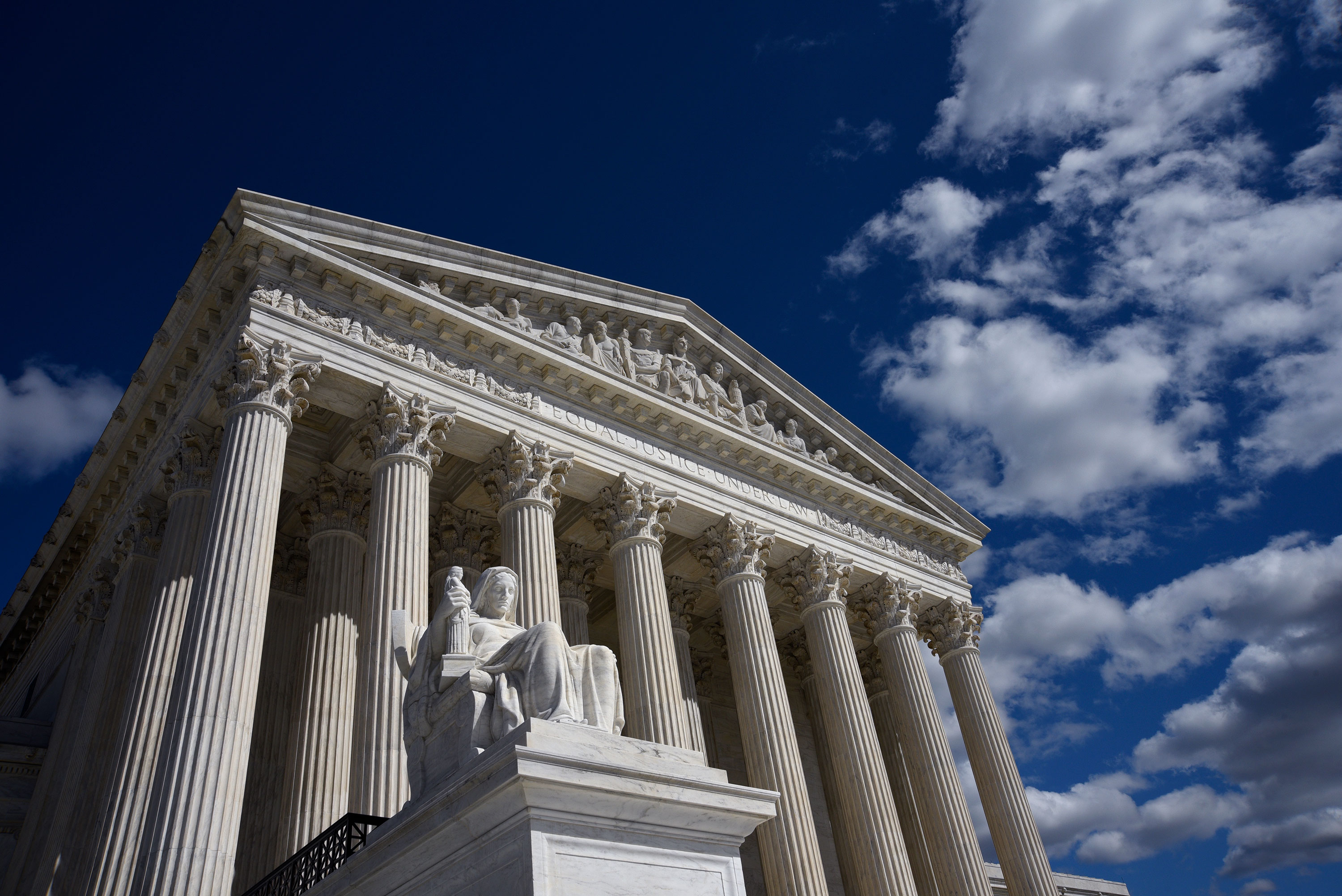
Pentecostal and Baptist churches in California and Illinois were pushing for the US Supreme Court on Friday to stop their states' governors from limiting the number of people that can attend religious services as part of coronavirus social distancing measures, according to new filings sent to the court.
The churches are asking the court to stop the worship restrictions before this Sunday, the Christian holy day of Pentecost. The Supreme Court could act as soon as Friday.
How the churches got here: In recent days, both states have lifted social distancing measures that relaxed limitations on churches. But the churches say they still need the court’s intervention.
California recently loosened its restrictions to allow up to 100 people to meet for religious services.
“California is still violating plaintiffs’ fundamental constitutional rights, and millions of Americans across the county are still having their constitutional rights trampled upon,” the South Bay United Pentecostal Church wrote to the Supreme Court on Friday.
In Illinois, Gov. J.B. Pritzker lifted the state’s restrictions on religious worship on Thursday.
The state previously had prohibited more than 10 people from gathering for religious services. But Elim Romanian Pentecostal Church and Logos Baptist Ministries said they fear that if the state has another wave of Covid-19 cases this summer and fall, Pritzker could restrict their services again.
“What changed? The governor was summoned to the steps of this Court to give an account. But the governor’s sudden change has no permanency or force of law, and both his public statements and his new policy strongly signal an impending return to his old ways.
Absent a pronouncement from this Circuit Justice, or the Court, there can be no reasonable expectation that the Governor will not once again infringe Churches’ constitutional rights,” the churches in Illinois wrote.
The President's perspective: President Trump called on governors to reopen religious institutions for services last week after issuing guidance deeming places of worship "essential."
Trump even threatened to "override" governors if their states did not follow the new guidance from the US Centers for Disease Control and Prevention which released guidance for religious institutions on Friday.
Governors have gradually been reopening some businesses and other community gathering places in their states after months of lockdown and some plateaus of Covid-19 cases. The churches have claimed they shouldn’t be treated differently than retail business.




